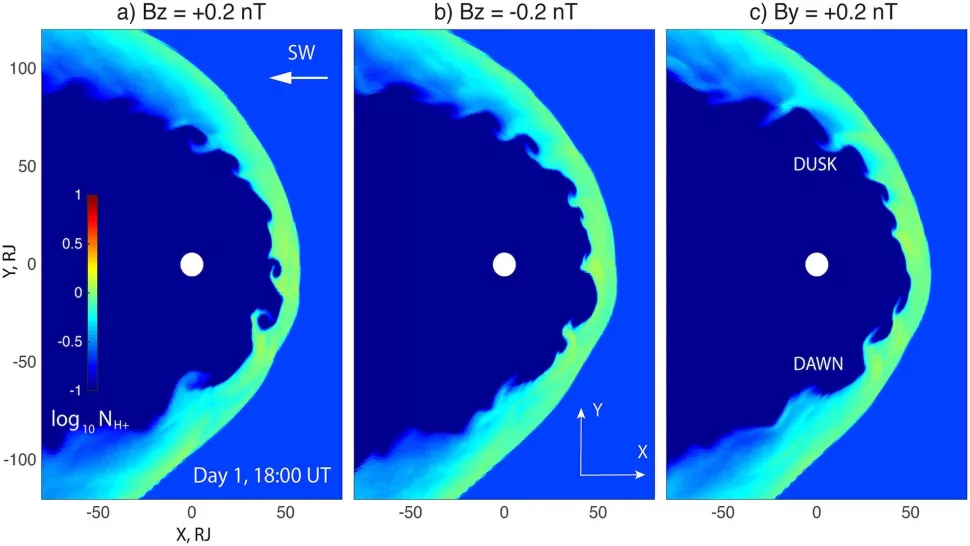MI weekly selection #524

Reduced cancer risk tied to short bouts of physical activity
A study found that a minimum of 3.4 minutes and 3.7 minutes of vigorous intermittent lifestyle physical activity per day were associated with a 17% lower total cancer incidence risk and 28% lower physical activity-related cancer incidence risk, respectively.
Full Story: MedPage Today
Polyethylene plastic succumbs to fungi
Fungi that can degrade lignin also is able to break down polyethylene, a plastic used in bottles, shopping bags and food wrap. The process was trialed with and without the presence of wood, and the polyethylene weighed less after the process when wood was not present.
Full Story: New Scientist
Once frozen in time, worms come to life after 46,000 years
Scientists successfully revived a half-dozen worms that were buried in Siberian permafrost for 46,000 years in a state of suspended animation known as cryptobiosis, which halts metabolism and development until conditions improve. A type of nematode, or roundworm, the creatures were collected as part of permafrost samples taken about 130 feet underground in the early 2000s in eastern Russia. The worms were brought back to life in 2018 but more recent carbon dating helped pinpoint the age of the permafrost samples.
Full Story: The Wall Street Journal
Spacecraft spies waves in Jupiter’s magnetosphere
Data from NASA’s Juno mission reveals massive swirling waves at the edge of Jupiter’s magnetopause, providing clues into how solar wind drives activity on the planet. “Kelvin-Helmholtz instabilities are a fundamental physical process that occurs when solar and stellar winds interact with planetary magnetic fields across our solar system and throughout the universe,” said Jake Montgomery, lead author of the study.
Full Story: Space
New dinosaur species from the Jurassic
A well-preserved dinosaur skeleton from northeastern Thailand reveals a new species of ornithischian dinosaurs from the Jurassic era about 150 million years ago. The species was relatively small and could grow up to 2 meters long, walked on two feet and was likely at the bottom of the Jurassic food chain.
Full Story: CBS News